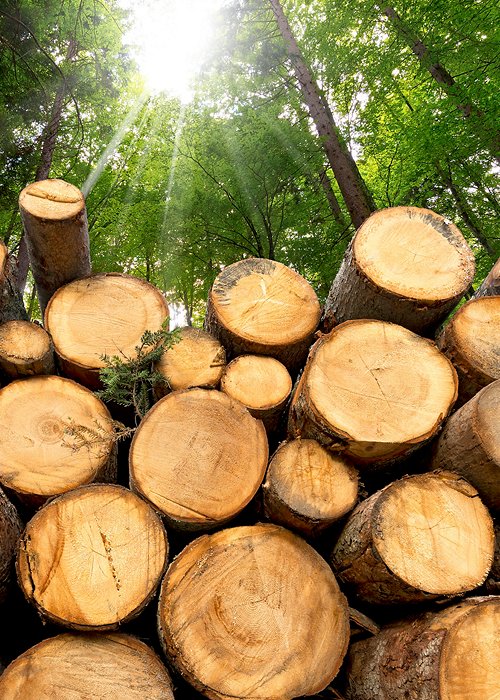Exploitation of this resource is not distributed homogeneously across the Planet. The vegetation that covers our planet is a natural storage of solar energy. The organic matter composing it is called biomass. Biomass is produced through the photosynthesis process, when carbon dioxide from the atmosphere combines with underground water to produce sugars, starch, cellulose, lignin, protein substances, fats, etc. The same solar energy that activated the photosynthesis is contained in the chemical bonds of these substances. In this way 2 x 1011 tons of carbon are fixed each year, with a corresponding energy content of 70 x 103 megatons of oil.

